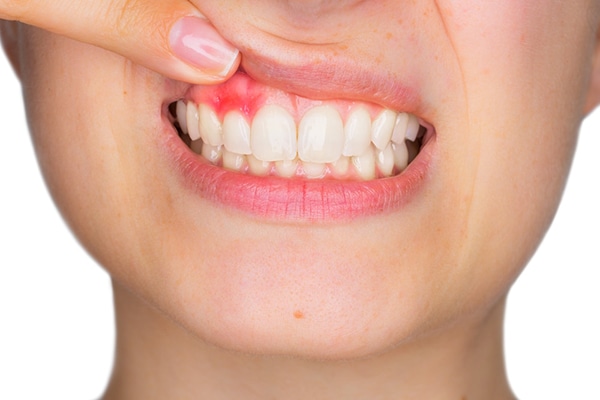Periodontal or gum disease is known to be a significant risk factor for metabolic syndrome – a group of conditions that increase the risk of heart disease and diabetes. In a new study, researchers from the Tokyo Medical and Dental University (TMDU) discovered that infection with Porphyromonas gingivalis – the bacteria that causes periodontal disease – causes skeletal muscle metabolic dysfunction, a precursor to metabolic syndrome, by altering the composition of the gut microbiome.
The effects of periodontal disease
Periodontal bacteria have long been known to cause inflammation within the oral cavity, but inflammatory mediators also increase systemically. As a result, a sustained infection with periodontal bacteria can lead to increased body weight and increased insulin resistance, a hallmark of type 2 diabetes. The role of insulin is to help transport glucose from the blood to the tissues – more importantly to the skeletal muscle – where a quarter of all glucose is stored.
Predictably, insulin resistance plays a key role in the development of metabolic syndrome, a group of conditions that include obesity, impaired lipid metabolism, high blood pressure, high blood glucose levels, and systemic inflammation. Although skeletal muscle plays a key role in lowering blood glucose levels, a direct association between periodontal bacterial infection and the metabolic function of the skeletal muscle has yet to be established.
“The metabolic syndrome has become a common health problem in the developed world,” study first author Kazuki Watanabe affirmed. “The aim of our study was to find out how periodontal bacterial infection could lead to metabolic alterations in the skeletal muscle and, therefore, to the development of metabolic syndrome.”
The study
To achieve their goal, the researchers first researched antibody levels (titers) against Porphyromonas gingivalis in the blood of patients with metabolic syndrome, and found a positive correlation between antibody levels (titers) and increased insulin resistance.
These results showed that patients with metabolic syndrome were likely to have suffered from a Porphyromonas gingivalis infection and, hence, have deployed an immune response that produces antibodies against the germ.
To understand the mechanism behind clinical observation, the researchers turned to an animal model. When mice fed a high-fat diet (a prerequisite for the development of metabolic syndrome) were orally infected with Porphyromonas gingivalis, the mice developed increased insulin resistance, fat infiltration, and skeletal muscle decreased glucose uptake compared to mice that were not infected with the bacteria.
But how were these bacteria able to cause systemic inflammation and metabolic syndrome?
To answer this question, the researchers focused on the gut microbiome, the network of bacteria present in the gut and with which the body coexists symbiotically. Interestingly, the researchers found that in mice infected with Porphyromonas gingivalis, the gut microbiome was significantly altered, which could reduce insulin sensitivity.
“These are surprising results that offer an underlying mechanism for the association between the infection by Porphyromonas gingivalis and the development of skeletal muscle metabolic syndrome and metabolic dysfunction,” corresponding study author, professor Sayaka Katagiri stated.
Link: https://www.sochob.cl/web1/como-una-mala-higiene-bucal-puede-resultar-en-sindrome-metabolico/
Date: December 9th, 2020
Source: https://medicalxpress.com
Reference: Watanabe K, Katagiri S, Takahashi H, et al. Porphyromonas gingivalis impairs glucose uptake in skeletal muscle associated with altering gut microbiota. FASEB J. 2020 Nov 16. doi: 10.1096/fj.202001158R. Epub ahead of print. PMID: 33197074.
Nutrigenomics Institute is not responsible for the comments and opinions included in this article






